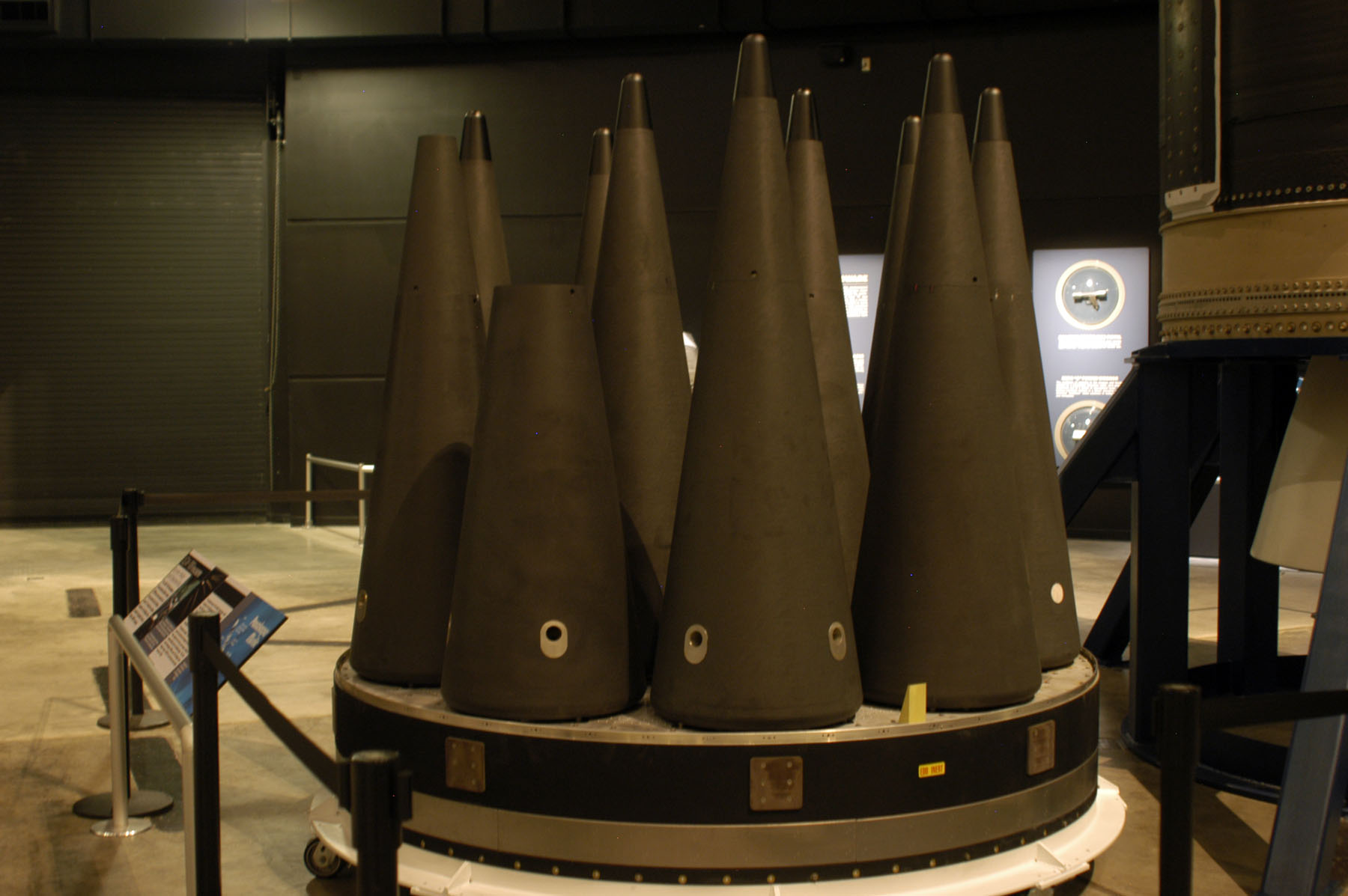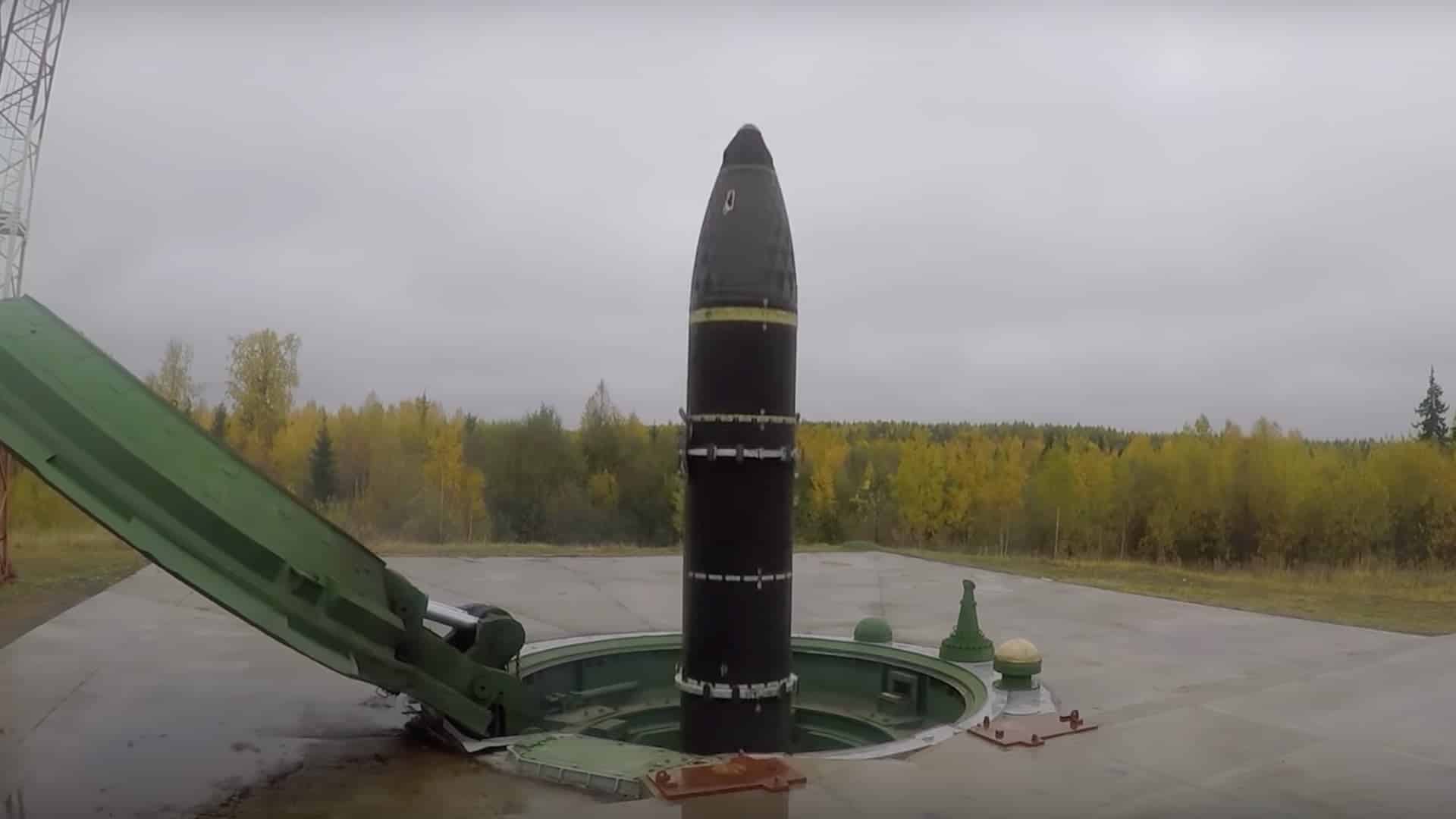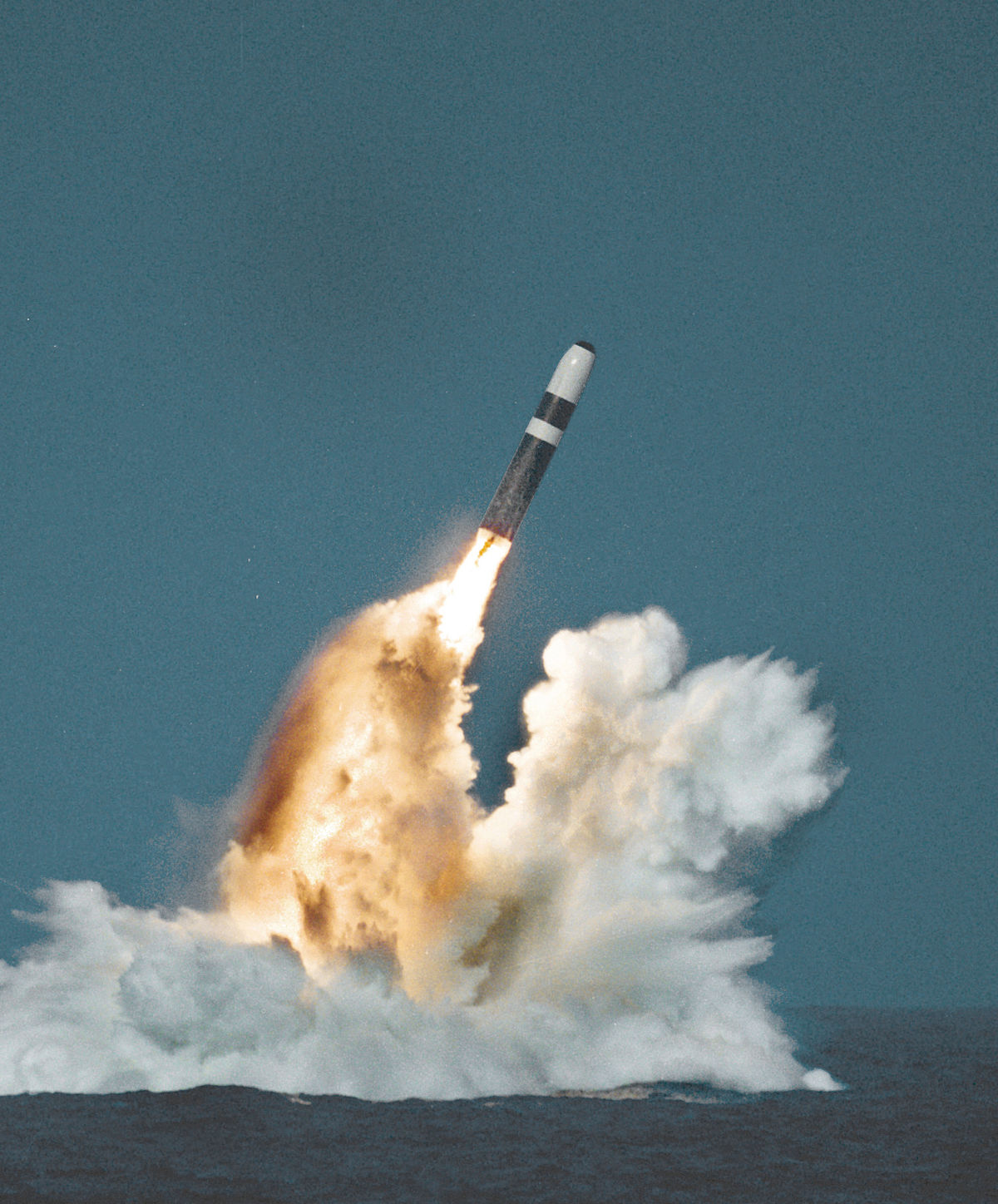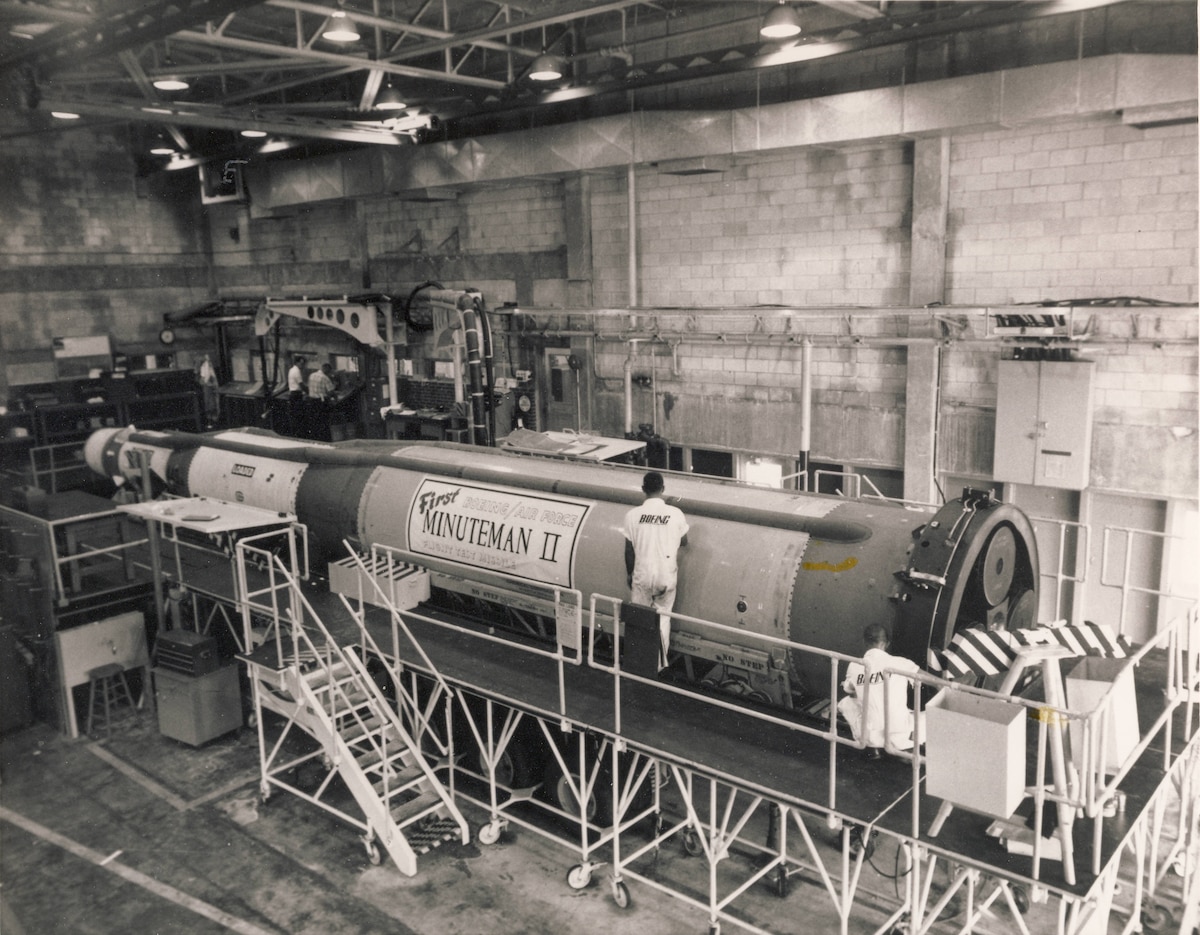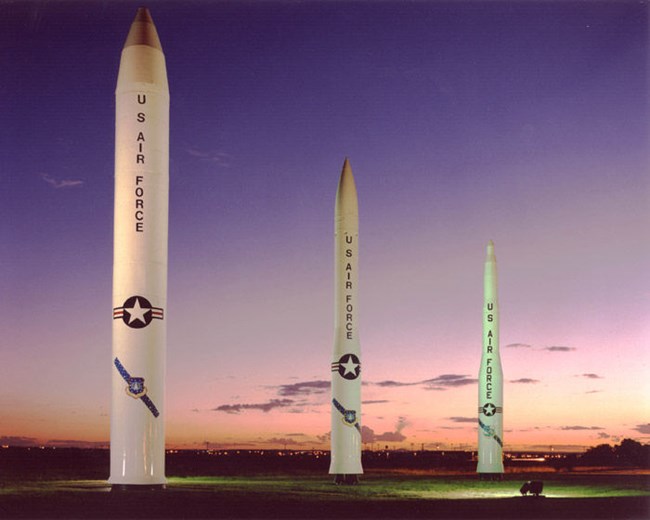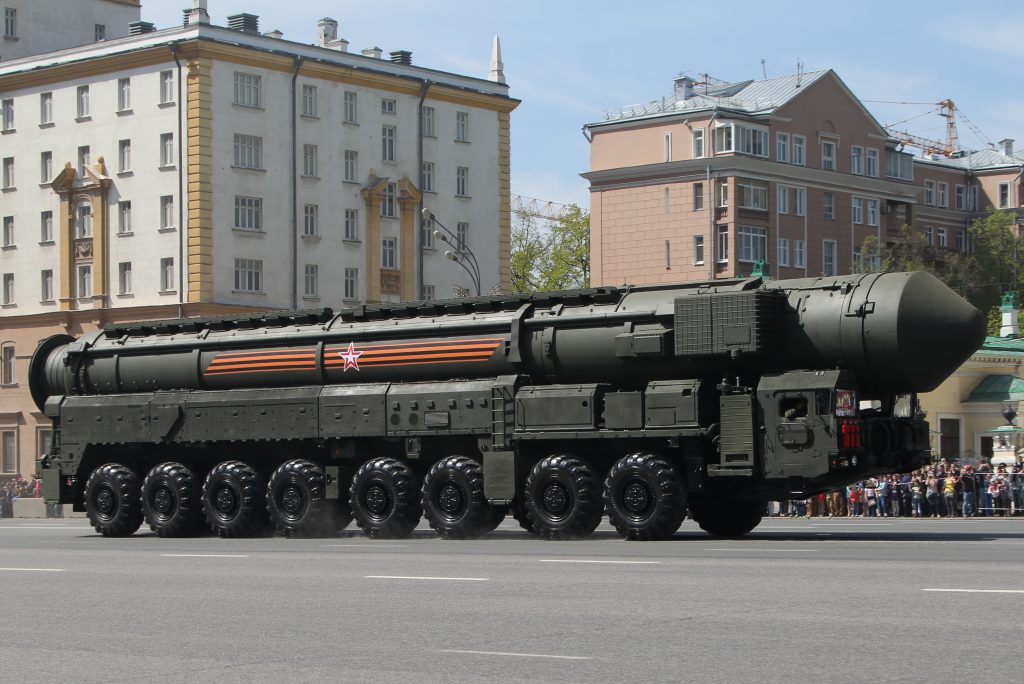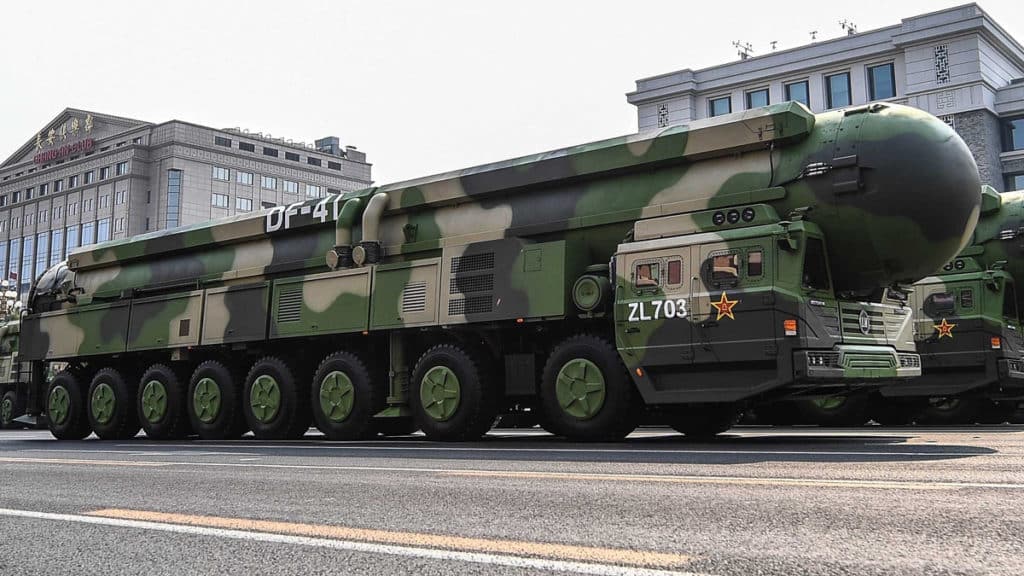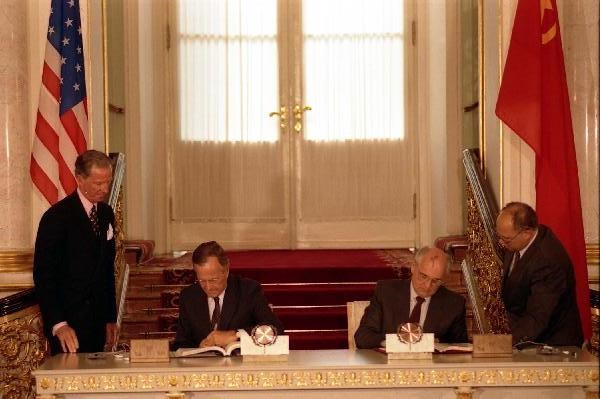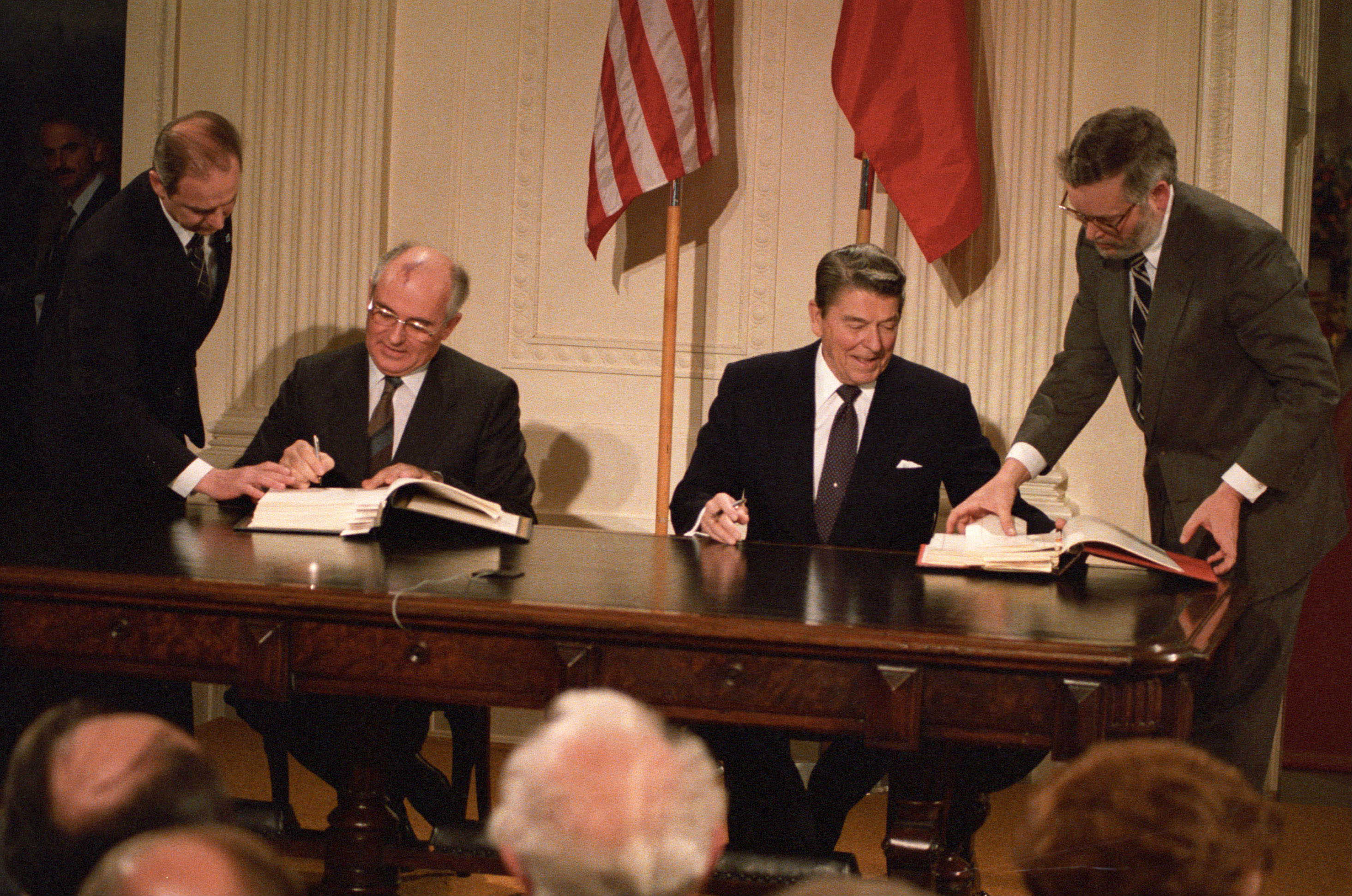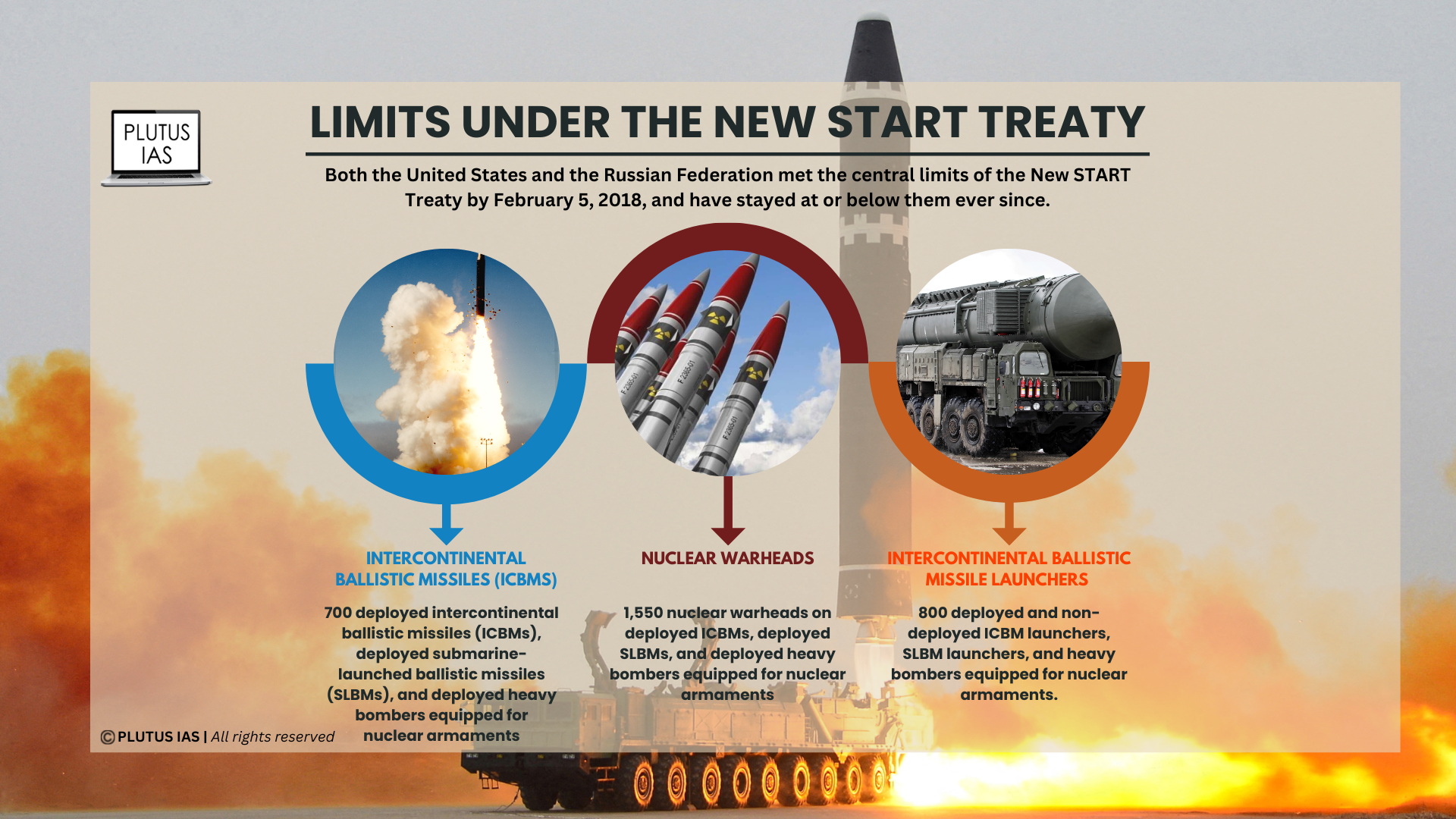What is an Intercontinental Ballistic Missile (ICBM)?
An Intercontinental Ballistic Missile (ICBM) is a long-range missile with the capability to travel over 5,500 kilometers (approximately 3,400 miles). These missiles are designed to deliver nuclear warheads and can traverse continents, earning their classification as strategic weapons. ICBMs are key instruments in national defense strategies, particularly for countries with nuclear arsenals.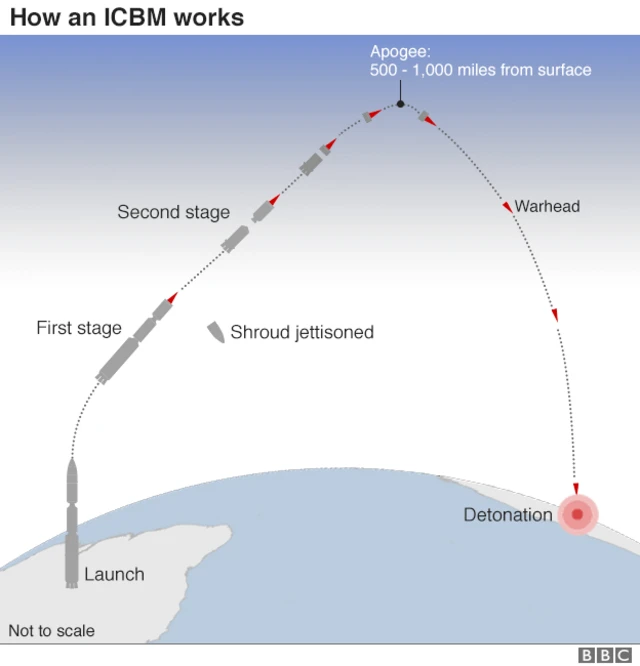
These missiles operate by launching into sub-orbital space and then re-entering the Earth’s atmosphere to strike targets with high accuracy. The ability of ICBMs to deliver catastrophic payloads over long distances in a very short period makes them a central component in deterrence-based defense doctrines, especially under the theory of mutually assured destruction (MAD).
Origin and Historical Evolution
The origins of ICBM technology trace back to the development of ballistic missile technology in Nazi Germany during World War II. The German V-2 rocket, created under the leadership of Wernher von Braun, is widely considered the precursor to modern ICBMs. After the war, both the United States and the Soviet Union recruited German scientists to advance their missile programs, which laid the foundation for the Cold War arms race.

The first successful ICBM test was carried out by the Soviet Union in 1957 with the launch of the R-7 Semyorka. This event marked a significant leap in military capability and spurred the United States to accelerate its own missile development. Since then, ICBM technology has evolved from rudimentary liquid-fueled rockets to sophisticated systems with multiple warheads, solid-fuel engines, and state-of-the-art guidance mechanisms.

Capabilities and Strategic Power
Modern ICBMs represent the zenith of strategic military hardware. Their capabilities include:
- Range:
ICBMs can strike targets over 12,000 kilometers away, covering virtually any target on Earth. - Speed:
Upon re-entry, the warheads can reach speeds of 24,000 km/h (about 15,000 mph), leaving little time for interception. - Warheads:
Equipped with MIRVs (Multiple Independently Targetable Reentry Vehicles), a single ICBM can carry and release several nuclear warheads, each aimed at a different target.MIRVs - Precision:
Modern ICBMs possess high targeting accuracy, often with a Circular Error Probable (CEP) of less than 100 meters, ensuring near pinpoint destruction.
These attributes make ICBMs formidable tools for nuclear deterrence and geopolitical power projection.
Key Features of ICBMs
1.Launch Platforms:
- Silo-Based Launchers: Hardened underground facilities provide secure, stationary launch capability.

- Mobile Launchers: Truck-based or rail-mobile systems increase survivability by enhancing mobility.
- Submarine-Launched (SLBMs): Deployed from nuclear-powered submarines, providing stealth and second-strike capability.


- Silo-Based Launchers: Hardened underground facilities provide secure, stationary launch capability.
2.Guidance Systems:
- Advanced guidance systems combine inertial navigation, satellite guidance, and sometimes celestial navigation to increase targeting precision.

- Advanced guidance systems combine inertial navigation, satellite guidance, and sometimes celestial navigation to increase targeting precision.
3.Propulsion:
- Most modern ICBMs use solid-fuel rockets for quicker launch readiness and reduced maintenance.
- Older systems and some newer heavy ICBMs may still use liquid-fuel propulsion for specific mission profiles.
- Most modern ICBMs use solid-fuel rockets for quicker launch readiness and reduced maintenance.
Engineering Marvel:
The Manufacturing Process
Constructing an ICBM is a monumental engineering task requiring advanced technology, highly specialized labor, and strict secrecy. The process involves several key stages:
1.Design and Simulation (6–12 Months):
- This stage includes mission planning, aerodynamic modeling, and digital simulations.
- Prototypes are developed and refined through computer models and subcomponent testing.


2.Component Manufacturing (6–9 Months):
- Includes rocket motors, guidance systems, warhead casings, and telemetry.
- Precision manufacturing is crucial; even minor defects can cause mission failure.
- Advanced materials such as carbon composites, titanium alloys, and specialized ceramics are used for heat shielding and structural integrity.
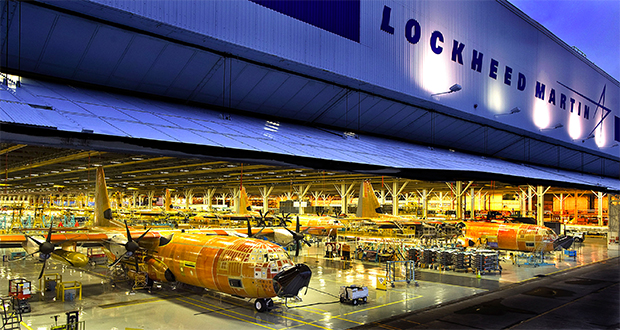
3.Assembly and Integration (3–6 Months):
- All subsystems are integrated into a unified missile body.
- Electrical, mechanical, and software interfaces must operate flawlessly.
- Warheads (if nuclear) are typically installed separately under tight security protocols.
4.Testing and Quality Control (3–6 Months):
- Systems undergo rigorous quality checks including vibration testing, temperature extremes, and full-system diagnostics.
- Live-fire tests (without nuclear payloads) are sometimes conducted to validate performance.

In total, the average manufacturing period is between 18 to 36 months, though this can be compressed during times of crisis at the cost of thorough testing and reliability.
Accelerated Timelines During Conflict
In periods of military tension or war, production timelines may be drastically reduced. Wartime mobilization could cut the process down to under a year, though this compromises testing standards and increases the risk of failure or operational unreliability. Emergency production may rely more on pre-manufactured components and faster, albeit less rigorous, integration protocols.
Countries with Active ICBM Programs
1.United States:
- Key Systems: Minuteman III, LGM-35 Sentinel (in development)
- Launch Mode: Silo-based
- Key Facility: Hill Air Force Base, Utah; Vandenberg Space Force Base

Minuteman III
2.Russia:
- Key Systems: RS-24 Yars, R-36M2 Voyevoda, RS-28 Sarmat
- Launch Mode: Silo, road-mobile
- Notable for extensive MIRV deployment and hypersonic glide vehicles

RS-28 Sarmat
3.China:
- Key Systems: DF-5B, DF-41
- Rapidly modernizing; includes solid-fueled and road-mobile variants

DF-41
4.India:
- Key System: Agni-V
- Range of over 5,000 km with successful multiple test launches

5.North Korea:
- Key Systems: Hwasong-14, Hwasong-15, and Hwasong-17
- Emerging ICBM capability with focus on mobile launches and international signaling
Hwasong-17
6.France and the United Kingdom:
- Rely primarily on submarine-launched ballistic missiles (SLBMs) like the M51 and Trident II

Future of ICBMs and Technological Evolution
The next generation of ICBMs is being shaped by advances in:
- Hypersonic Glide Vehicles (HGVs):
- Travel at Mach 5+ speeds and can maneuver in flight, making them extremely difficult to intercept.

- Artificial Intelligence:
- Used in flight path optimization, anomaly detection, and system diagnostics.
- Cybersecurity Integration:
- Ensuring systems are resistant to cyberattacks is now a top priority.
- Reduced Launch Times:
- With solid-fuel technology, ICBMs can be launched within minutes of command.
Ethical Concerns and Global Diplomacy
Despite their strategic value, ICBMs pose severe ethical and humanitarian concerns. The mere existence of these weapons raises questions about accidental launches, escalation during crises, and their potential to cause indiscriminate destruction. These concerns have led to multiple arms control treaties:
- START (Strategic Arms Reduction Treaty): Between the U.S. and Russia

- INF Treaty (now defunct): Banned intermediate-range ballistic missiles

- New START: Ongoing agreement to limit nuclear warheads and delivery systems

Conclusion
The process of manufacturing an ICBM is immensely complex, involving intricate engineering, advanced materials, precise manufacturing, and strict quality control. From the drawing board to deployment, each missile can take up to three years to complete. These missiles embody the highest levels of strategic deterrence but also carry the weight of immense responsibility.
As global powers race to modernize their arsenals with hypersonic speeds, AI integration, and stronger cyber protections, the role of ICBMs in international security becomes even more critical—and more controversial.
The future of ICBMs may be shaped not only by technology but also by the world’s ability to balance power with peace.
(Click notification ![]() for more updates)
for more updates)
By: V.Harishram
”Stay true, bring facts to you”


